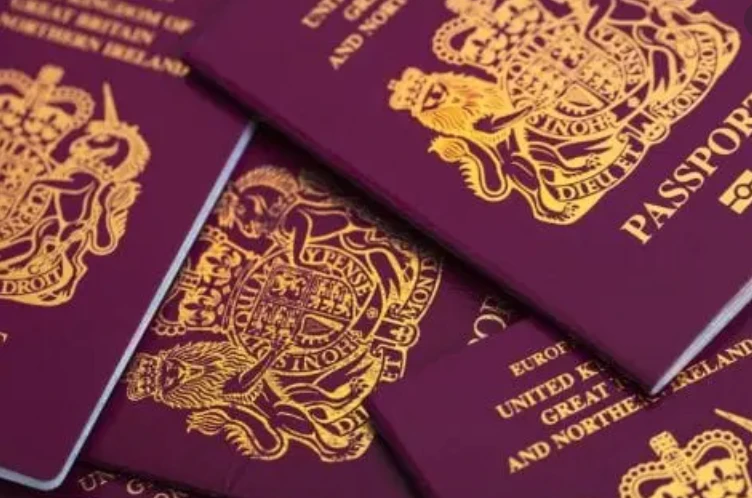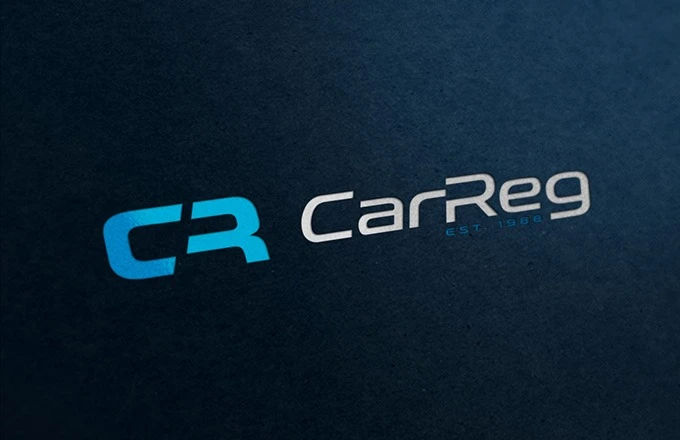Information For Driving in Europe Post-Brexit
With all that’s been going on these last few months, Brexit has taken something of a backseat in the news. But the transition period ends on the 31st December and the UK will officially cease to be a part of the European Union. What are the implications for driving in Europe?
Travelling in the EU
From January 1st, the rules for travelling in EU, Iceland, Liechtenstein, Norway, and Switzerland will change and before travelling, you should check that you have the right documentation. It should be noted that the UK may make separate agreements with individual countries, so you’ll need to check the requirements for the country or countries you plan to visit. The rules for travel to Ireland will not change.
Passports
Previously, when renewing your UK passport, you could apply up to six months early and have the extra period added to the expiry date. However, the extended period will no longer be valid for travel in the EU. You must now have at least six months left on your passport, and it must be less than ten years old.
Health Insurance
Until December 31st, your European Health Insurance Card (EHIC) will still be valid. After that, unless the UK makes reciprocal agreements with individual countries, you need to make sure that you have travel insurance with adequate health cover. It’s especially important to be covered for pre-existing medical conditions.
Border control and visas
At border control, you might be required to have a return ferry or plane ticket, show that you have enough money for your stay, and use separate channels from EU, EEA and Swiss citizens when queuing.
You will not need a visa for short trips and tourist travel in most EU countries. You can stay for up to 90 days in any 180-day period. Different rules apply for Bulgaria, Croatia, Cyprus and Romania. Visits to these countries won’t count towards the 90-day period for travel in other EU countries.
Driving in the EU
After Brexit, you might need to apply for an international driving permit (IDP) to drive in some countries. You can apply for an IDP at most Post Office branches for £5.50. If you’re taking your own car, you will need to get a green card from your insurance company that shows you are covered for driving in the countries you’re visiting.
Number Plates
When buying a personalised number plate, you can choose a national flag to go on the left-hand side. You could have the Union Flag, the cross of St George, the cross of St Andrew (Saltire) or the Welsh dragon. Beneath the flag you can have a national identifier such as Great Britain or GB, UK, Cymru or CYM, England or Eng, Scotland or Sco, or Wales. If your plate has one of these flags and identifiers, you will still need to display a GB sticker on your vehicle for driving in Europe.
Many number plates display the Euro symbol with the GB national identifier. Currently, if you have one of these plates, you don’t need to have a separate GB sticker to drive in the EU. As it stands, you won’t have to change your Euro number plates after the transition period ends. However, if you’re buying new private number plates, it’s advisable to not have the EU symbol in case things change.
Brexit Number Plates
Whether you’re a Brexiteer or a Remainer, you can make your feelings known by searching on CarReg.co.uk for an appropriate personalised number plate. How about T1 XRB which looks like Brexit in a rear-view mirror. Alternatively, BR17 OUT, G37 OUT, A11 OUT, EU20 FAN, EU20 BOY, EU20 LAD, GO05 BYE, and more are all available from CarReg number plate search.




